
Senior physics writer Emily Conover joined Science News in 2016. She has a Ph.D. in physics from the University of Chicago, where she studied the weird ways of neutrinos, tiny elementary particles that can zip straight through the Earth. She got her first taste of science writing as a AAAS Mass Media Fellow for the Milwaukee Journal Sentinel. She has previously written for Science Magazine and the American Physical Society. She is a two-time winner of the D.C. Science Writers’ Association Newsbrief award, and a winner of the Acoustical Society of America’s Science Communication Award.

Trustworthy journalism comes at a price.
Scientists and journalists share a core belief in questioning, observing and verifying to reach the truth. Science News reports on crucial research and discovery across science disciplines. We need your financial support to make it happen – every contribution makes a difference.
All Stories by Emily Conover
-
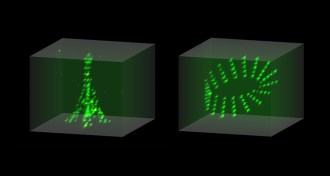 Quantum Physics
Quantum PhysicsRubidium atoms mimic the Eiffel Tower, a Möbius strip and other 3-D shapes
Scientists have arranged atoms of the element rubidium into complex three-dimensional structures.
-
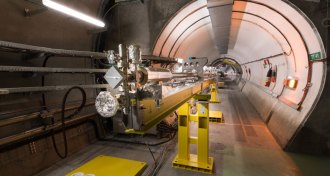 Particle Physics
Particle PhysicsElectrons surf protons’ waves in a new kind of particle accelerator
For the first time, scientists accelerated electrons using plasma waves from proton beams.
-
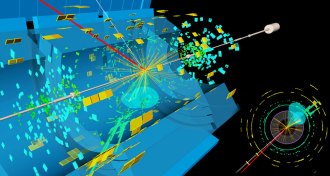 Particle Physics
Particle PhysicsAn elusive Higgs boson decay has finally been spotted
Two experiments at the Large Hadron Collider confirm that the Higgs boson decays into bottom quark pairs.
-
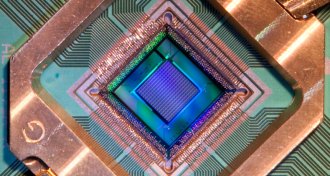 Quantum Physics
Quantum PhysicsQuantum computer simulates two types of bizarre materials
In calculations involving about 2,000 quantum bits, a D-Wave machine reproduced the behavior of exotic substances.
-
 Chemistry
ChemistrySee the ‘periodic table’ of molecular knots
A new table of knots points the way to twisting molecules in increasingly complex pretzels.
-
 Quantum Physics
Quantum PhysicsA new quantum device defies the concepts of ‘before’ and ‘after’
Two events can happen in different orders at the same time, thanks to quantum physics.
-
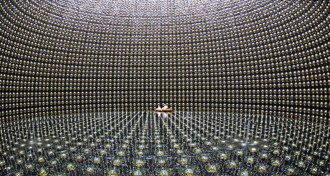 Particle Physics
Particle PhysicsGhostly antineutrinos could help ferret out nuclear tests
Antineutrino detectors could one day help reveal stealthy nuclear blasts.
-
 Science & Society
Science & SocietyScientists-turned-students guide viewers through ‘The Most Unknown’
In The Most Unknown, a film on Netflix, a research round robin leads to fascinating discussions about scientific questions.
-
 Astronomy
AstronomyA faint glow found between galaxies could be a beacon for dark matter
Intracluster light may help reveal where dark matter resides within galaxy clusters.
-
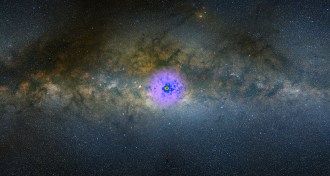 Astronomy
AstronomyHopes dim that gamma rays can reveal dark matter
A mysterious glow of gamma rays coming from the center of the Milky Way probably isn’t a sign of dark matter.
-
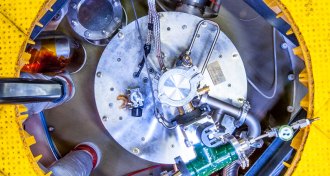 Physics
PhysicsStrange metals are even weirder than scientists thought
Some strange metals are odd in more ways than one, and that could help scientists understand high-temperature superconductors.
-
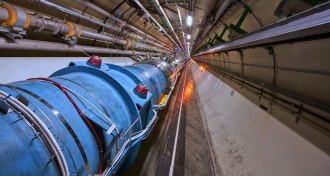 Particle Physics
Particle PhysicsIn a first, physicists accelerate atoms in the Large Hadron Collider
Ionized lead atoms took a spin around the world’s biggest particle accelerator.